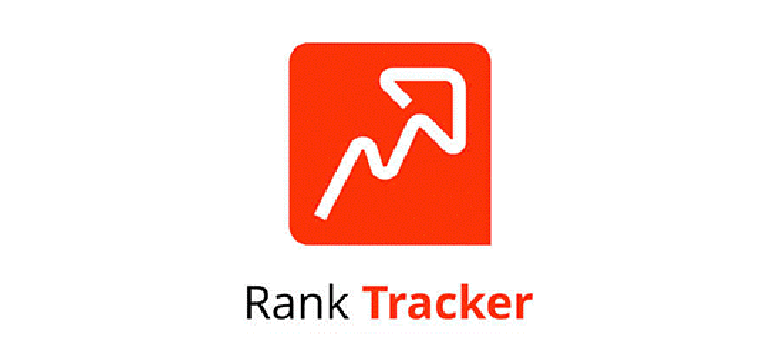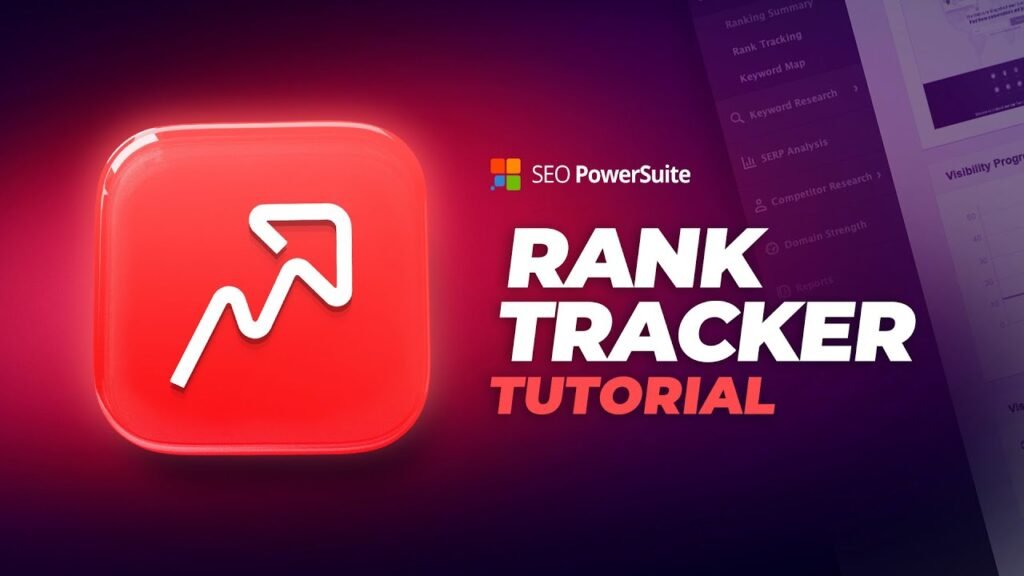If you’re looking to improve your website’s visibility on search engines, a rank tracker is a must-have tool. It allows you to keep track of how well your site is performing for specific keywords on platforms like Google. Whether you’re managing a business website, handling SEO for a client, or simply monitoring your own site’s progress, a rank tracker helps you stay informed. With online competition growing rapidly, it’s more important than ever to understand how your SEO efforts are paying off and where you need to improve.
By using a rank tracker, you can measure how effective your SEO strategies are. It gives you real-time insights into your keyword rankings, which helps you optimize your content to increase visibility, drive traffic, and ultimately boost conversions. If you’re not keeping an eye on your rankings, you’re likely missing key opportunities to enhance your website’s performance.
How Rank Trackers Work
A rank tracker works by checking where your website appears in search results for specific keywords. Search engines like Google constantly rank websites based on a variety of factors like content quality, links, and user engagement. A rank tracker monitors these rankings and provides data on how your keywords are doing.
When you enter the keywords you want to track, a rank tracker scans the search results and tells you where your website ranks. You can configure it to provide updates daily, weekly, or monthly, depending on how often you want to see changes. Many tools also let you track your competitors’ rankings, so you know how your website stacks up against others in your industry.
Most rank trackers also offer device-specific and location-based tracking. This means you can see how your site performs on mobile versus desktop, or how rankings differ in various countries or regions, giving you a broader picture of your SEO performance.
Key Features to Look for in a Rank Tracker
When choosing a rank tracker, there are a few essential features to keep in mind. First and foremost, the tool should provide accurate ranking data. Without reliable data, you won’t get a clear view of your SEO efforts. Look for a rank tracker that provides frequent updates—ideally daily—so you can stay up to date on changes.
Another crucial feature is global and local search tracking. If you target different countries or regions, you’ll want to know how your keywords are performing in each location. A good rank tracker should offer both global and local insights to help you tailor your strategy effectively.
You’ll also want to consider competitor tracking. Monitoring how your competitors rank for the same keywords can give you valuable insight into their strategies and help you identify ways to improve your own rankings. Some rank trackers also offer SERP feature tracking, which lets you know if your site appears in search features like featured snippets or knowledge panels.
Lastly, make sure the rank tracker offers alerts and notifications. This way, you’ll be instantly informed if there’s a sudden shift in your rankings, allowing you to react quickly.
Benefits of Using a Rank Tracker

A rank tracker offers several important benefits for improving your SEO. First, it allows you to monitor performance. With regular updates, you’ll have a clear view of how your keywords are performing, helping you see what’s working and where you need to make adjustments.
Another key benefit is competitive analysis. With a rank tracker, you can keep tabs on your competitors and see how their SEO strategies compare to yours. This insight is incredibly useful for staying ahead in your industry and discovering new ways to optimize your own content.
In addition, a rank tracker helps with content optimization. By understanding which keywords are driving traffic to your site, you can focus on those terms and refine your content strategy to maximize their potential. Lastly, it provides a way to measure your return on investment (ROI) from SEO efforts, giving you a clearer picture of what’s working and where you should invest more time and resources.
How to Choose the Right Rank Tracker
When selecting a rank tracker, ease of use should be a top priority. You want a tool that’s easy to set up and navigate, allowing you to track your rankings without unnecessary complications. Look for a rank tracker that offers customization options, letting you choose the keywords, locations, and devices you want to track.
Data accuracy is another critical factor. Your rank tracker should provide reliable, up-to-date information, so you’re working with the most accurate insights possible. You’ll also need to think about your budget. While some tools are free, others offer more advanced features at a cost. Weigh the options carefully to find the best tool for your needs.
Finally, check whether the This Tools integrates with other SEO tools you use, such as Google Analytics or Search Console. Having everything connected will give you a more comprehensive view of your site’s performance and make it easier to analyze your data.
Popular Rank Tracker Tools
There are plenty of This Tools available, each with its own strengths. SEMrush is a popular all-in-one tool that provides detailed rank tracking, competitor analysis, and keyword research, making it a go-to option for many SEO professionals.
Ahrefs is another powerful tool known for its backlink analysis and rank tracking. It’s great for in-depth SEO research and competitor tracking. Moz is a more beginner-friendly tool that offers clear, easy-to-understand data on your rankings and SEO efforts.
For those on a tighter budget, Serpstat is an affordable rank tracker that offers a good mix of features. Lastly, AccuRanker is ideal if you’re looking for fast, reliable rank updates with a focus on accuracy and simplicity.
Setting Up Your Rank Tracker
Once you’ve chosen your rank tracker, setting it up is straightforward. Start by selecting the keywords you want to track—these should be a mix of high-traffic keywords and more specific long-tail terms that reflect your business or content goals.
Next, configure your location and device preferences. If your business operates across different regions or targets both mobile and desktop users, it’s essential to track how your keywords are performing across these variables. Most rank trackers allow you to specify these preferences easily.
Finally, decide how often you want updates. Many tools let you choose between daily, weekly, or monthly updates, depending on how closely you want to monitor your performance.
Best Practices for Using a Rank Tracker
To make the most out of your rank tracker, follow a few best practices. First, regularly monitor your rankings. SEO is an ongoing process, and rankings can fluctuate frequently, so it’s important to stay on top of any changes.
Next, analyze ranking shifts alongside your SEO efforts. If you see a sudden rise or drop in your rankings, compare that with any recent changes to your content or SEO strategy to understand what’s working and what isn’t.
Lastly, combine data from your This Tools with other key metrics, such as traffic and conversion rates. Ranking high for a keyword is great, but it’s even better when it translates to increased traffic and revenue.
Conclusion
A rank tracker is an essential tool for anyone serious about improving their SEO. It helps you monitor your keyword rankings, optimize your content, and stay ahead of your competition. By using a rank tracker consistently and following best practices, you can ensure your website performs at its best, drives more traffic, and ultimately helps grow your business.



